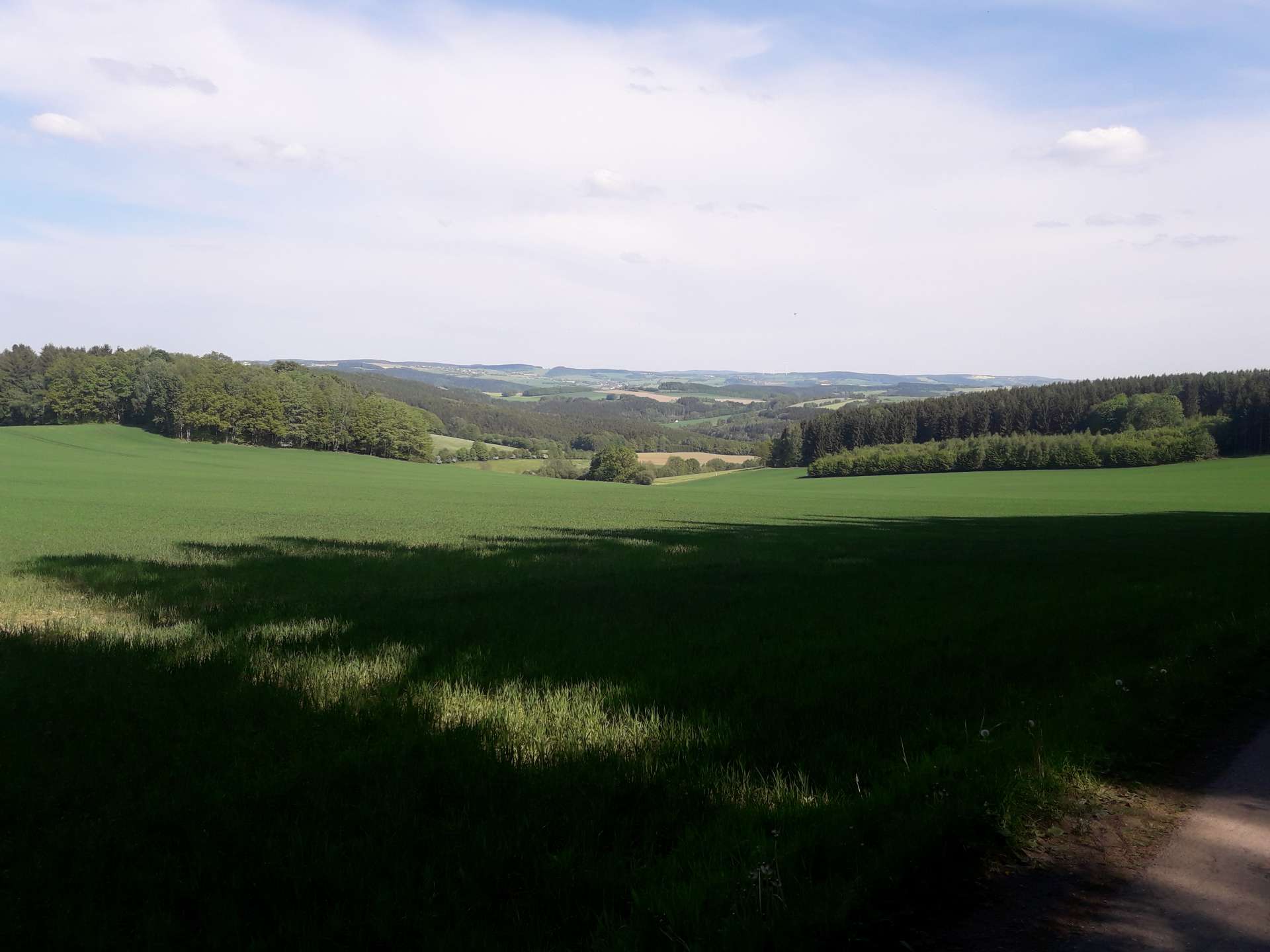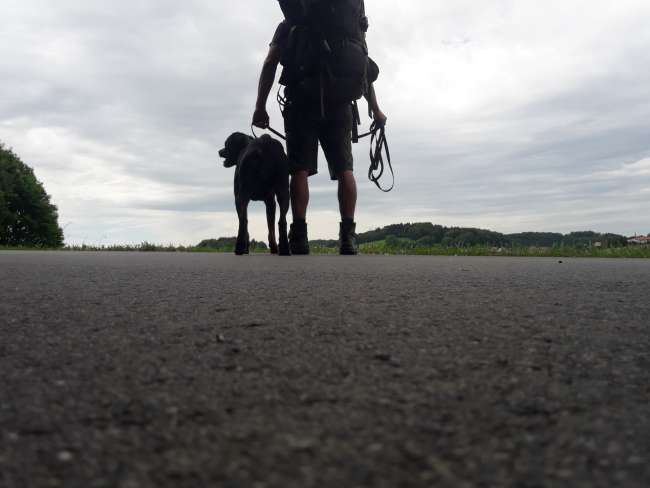Again and again Urganch
Pibliye: 02.01.2020
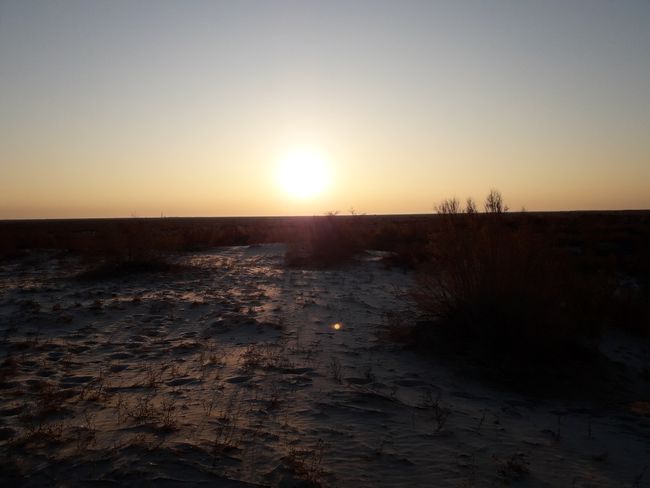
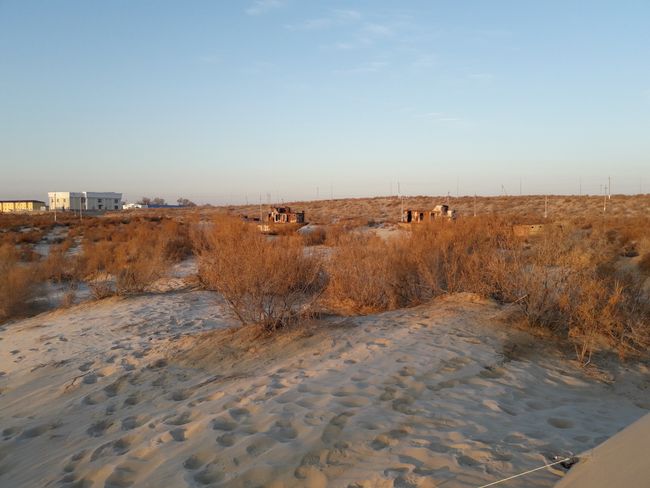
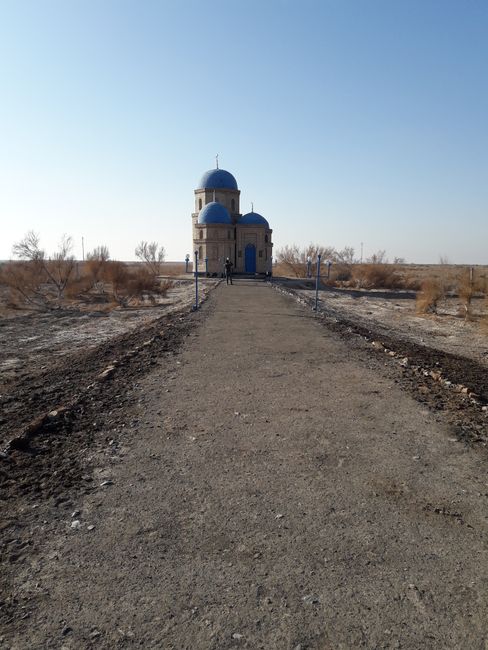
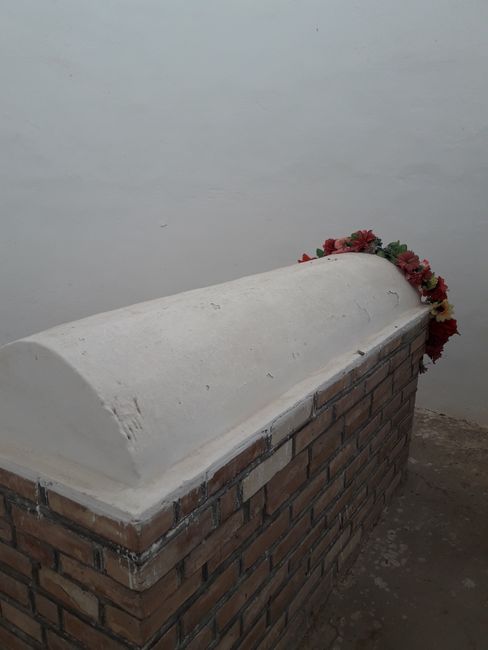
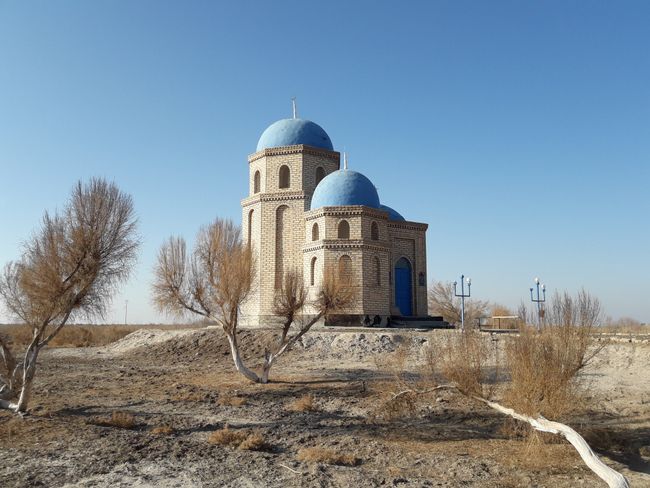
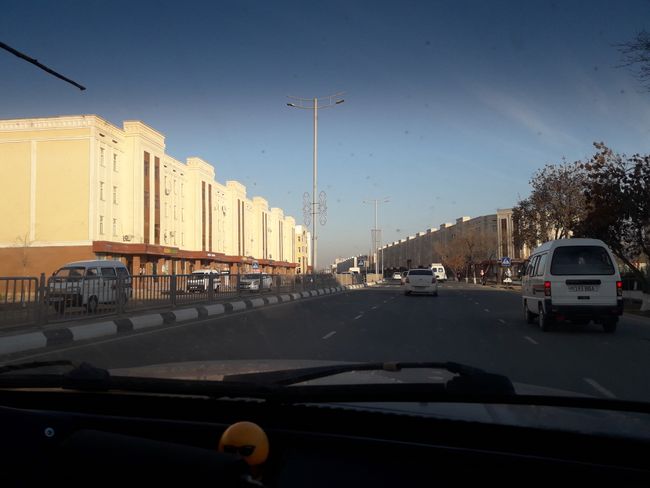
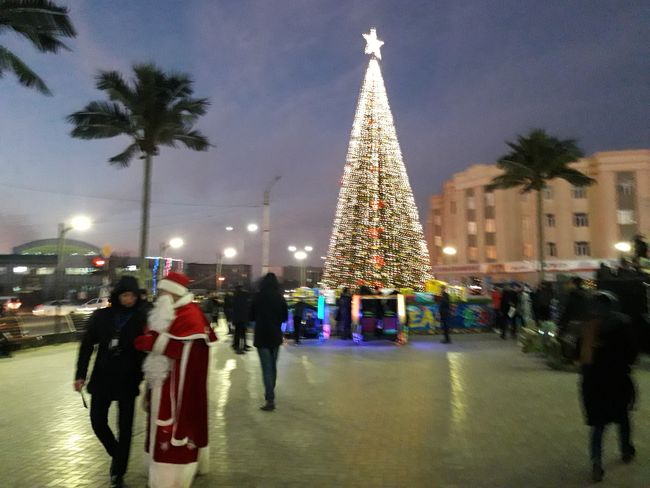
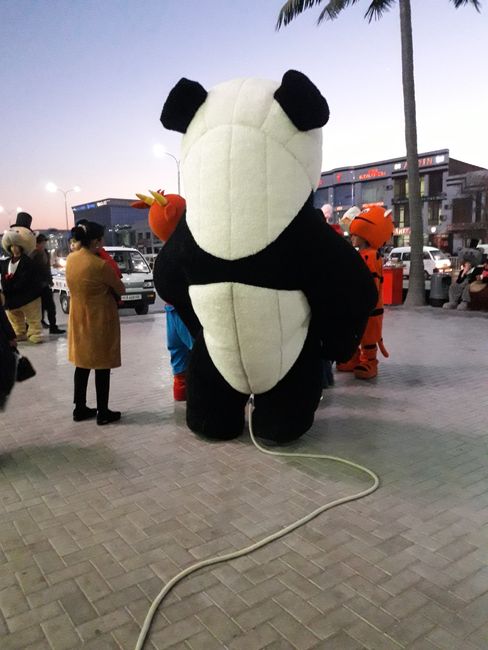
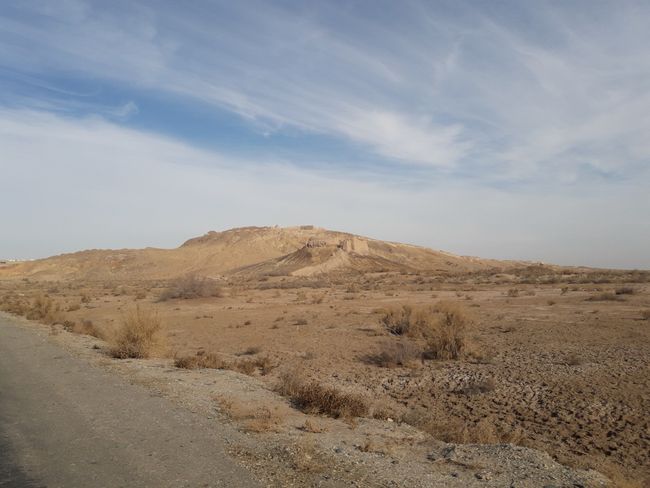
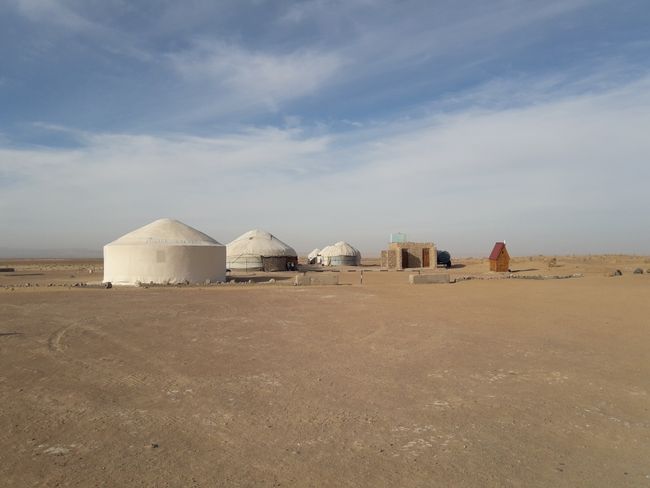
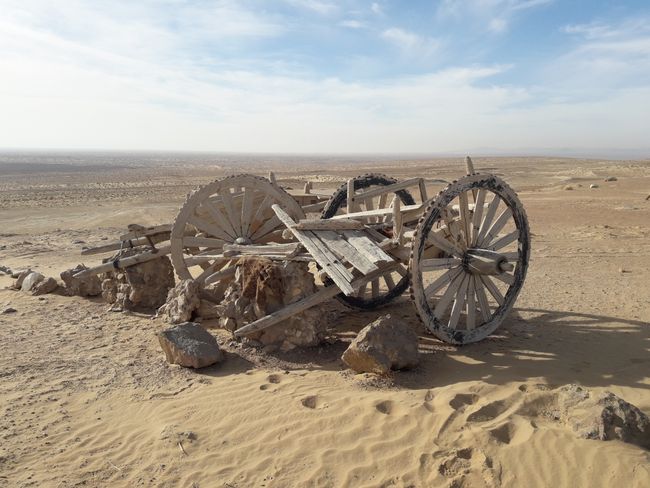
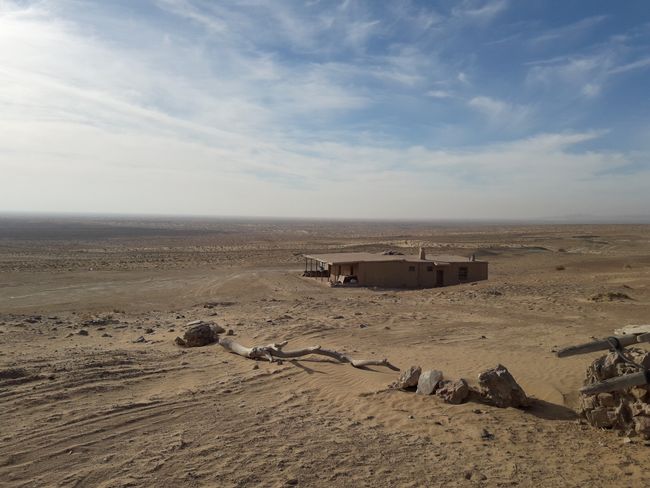
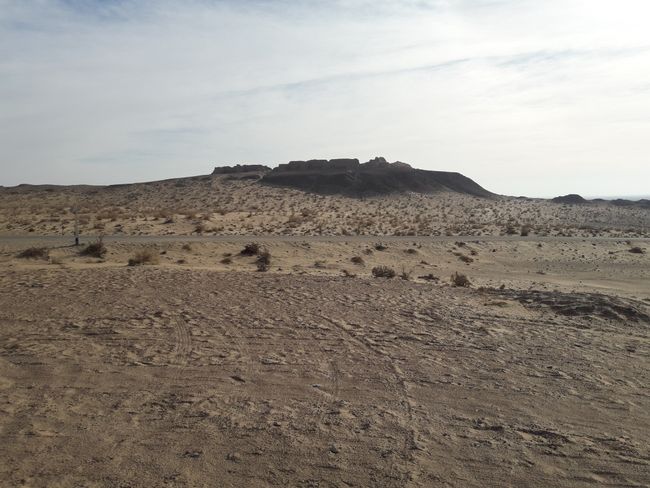
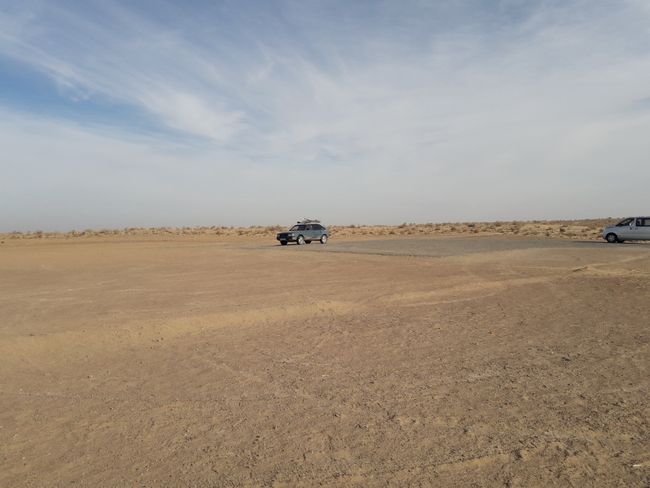
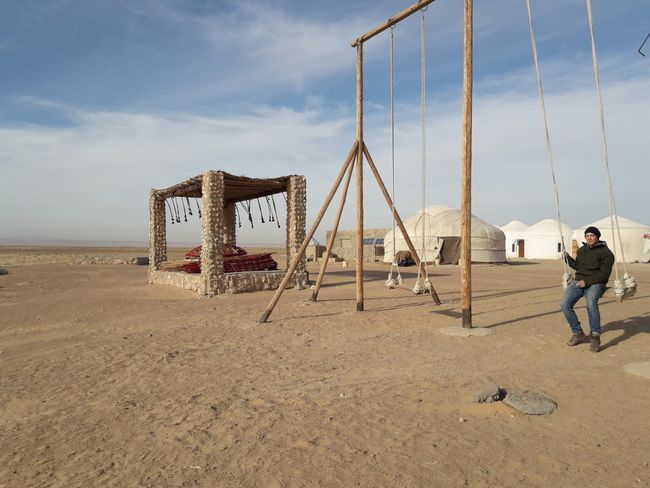
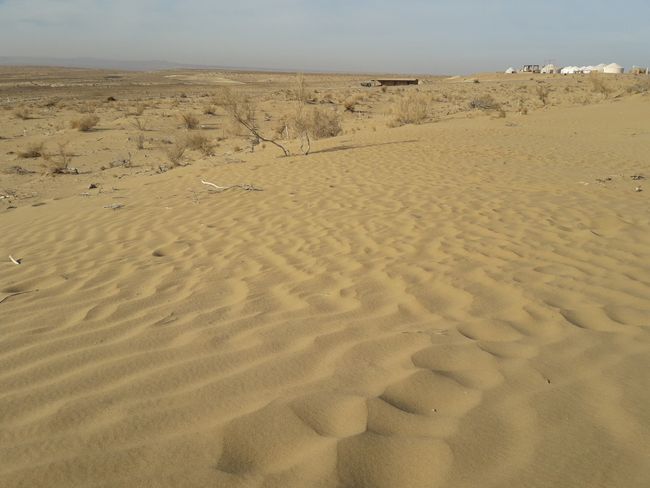
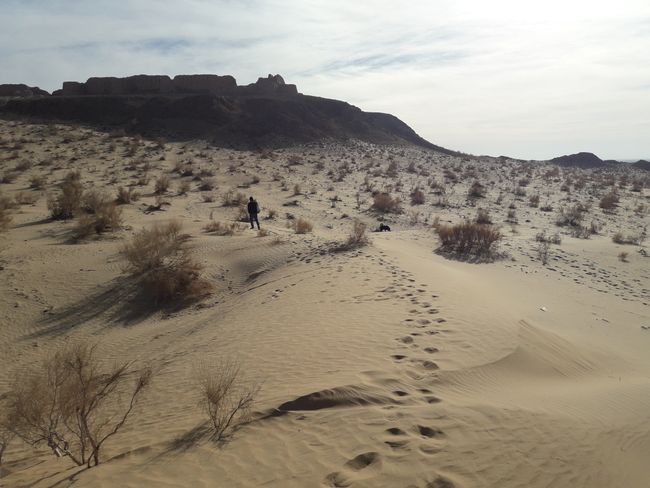
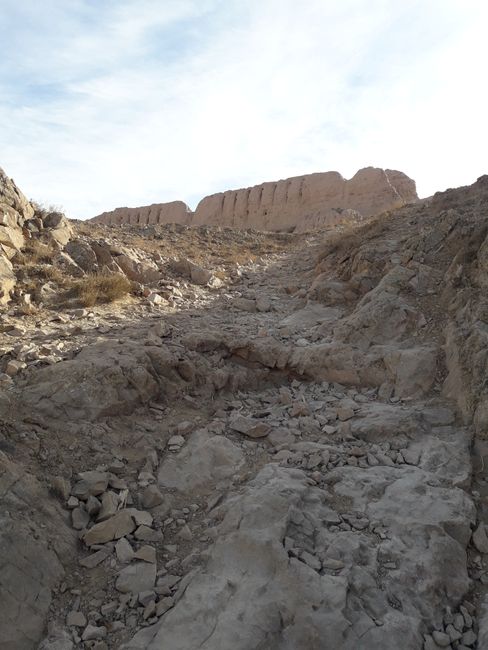
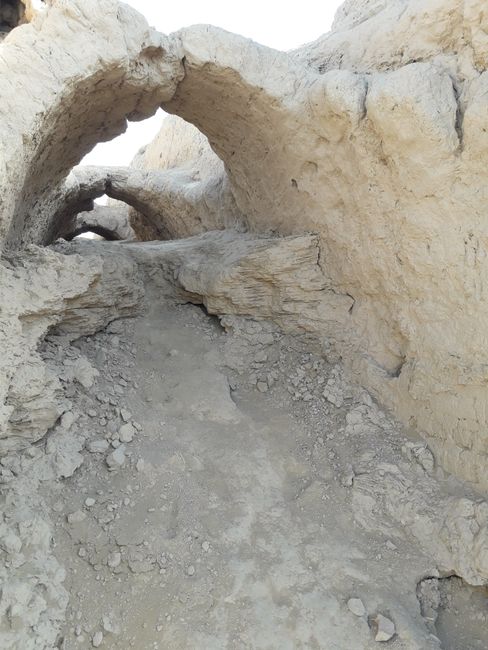
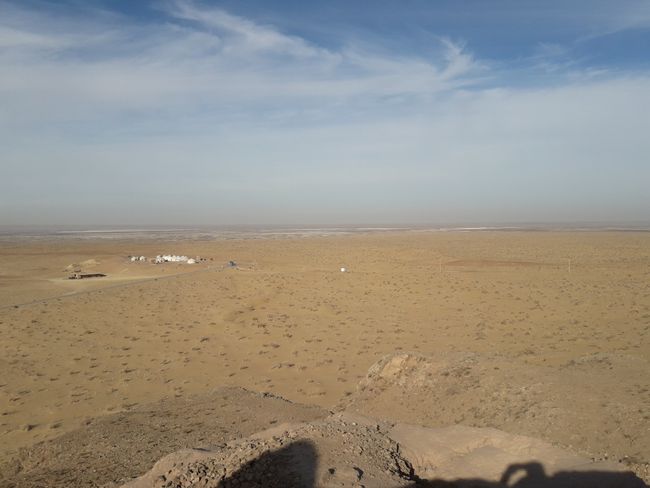
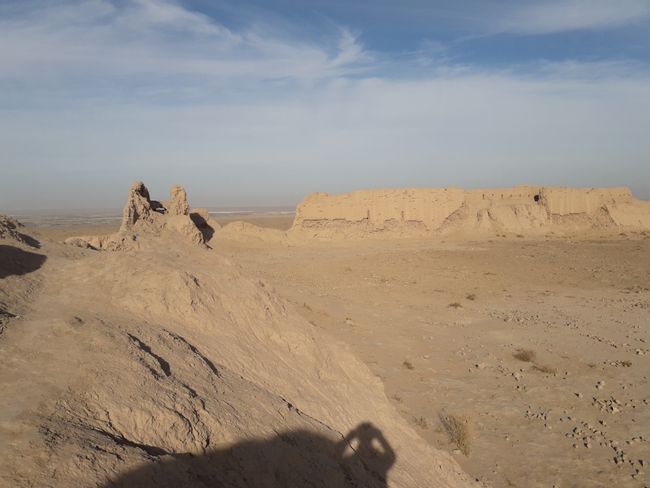
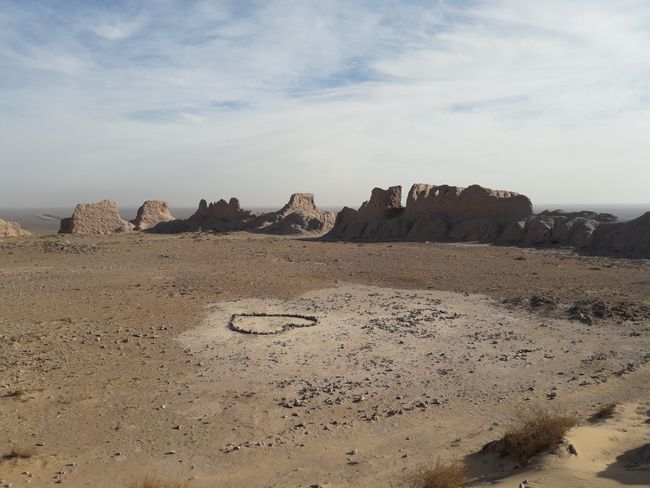
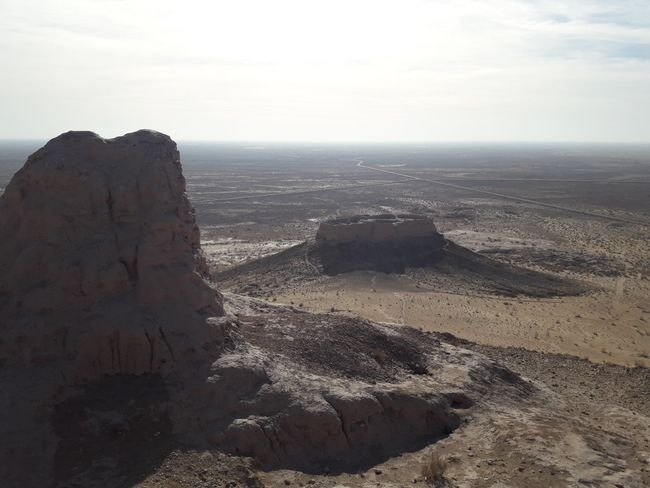
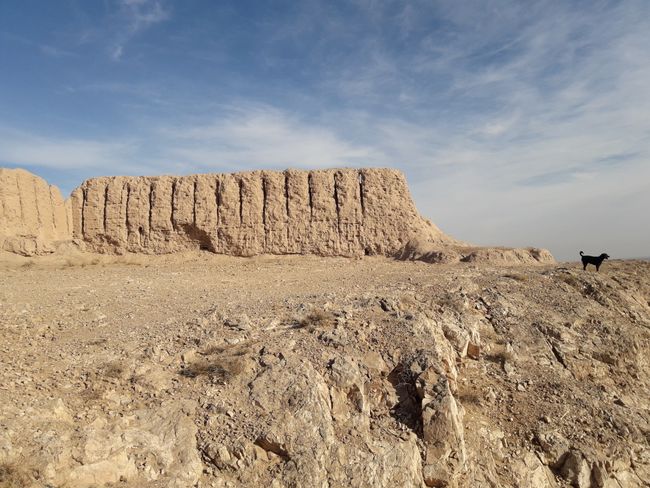
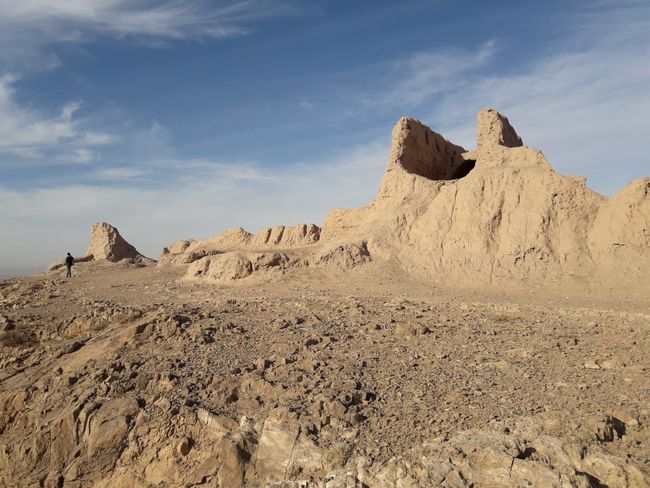
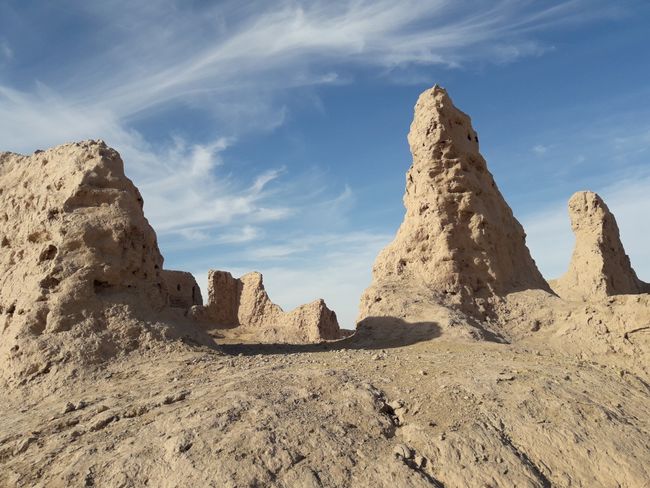
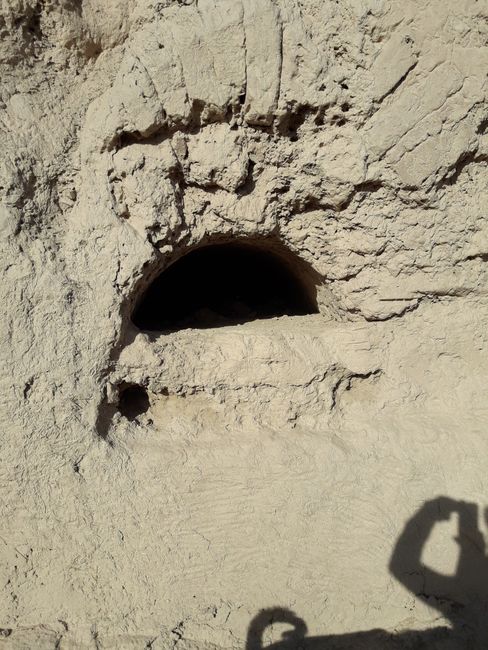
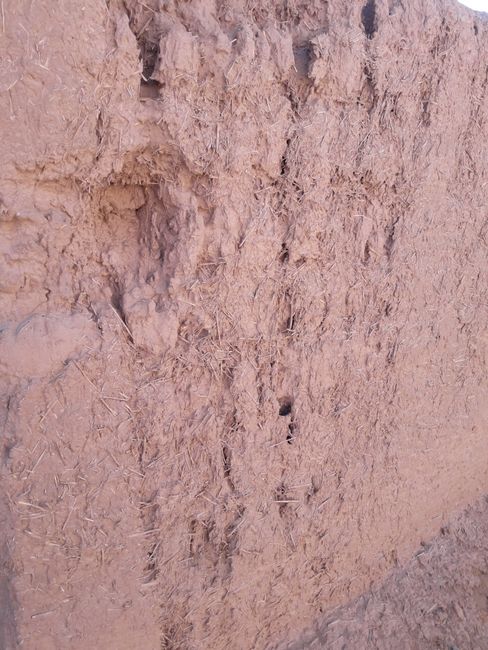
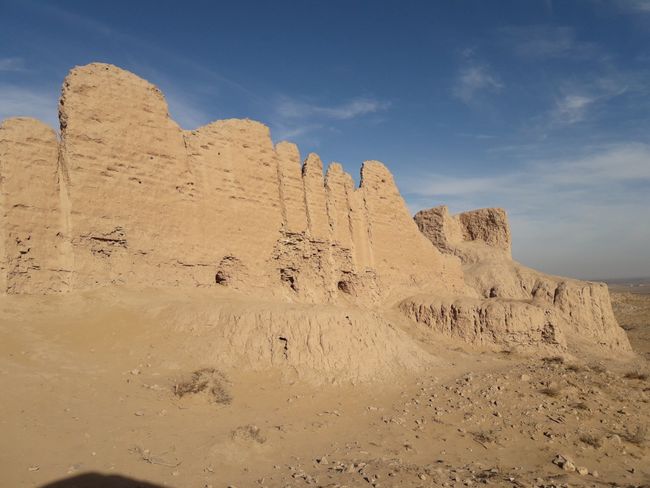
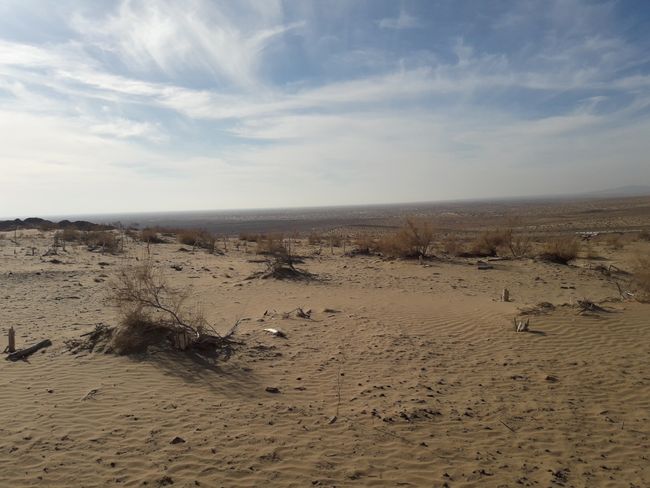
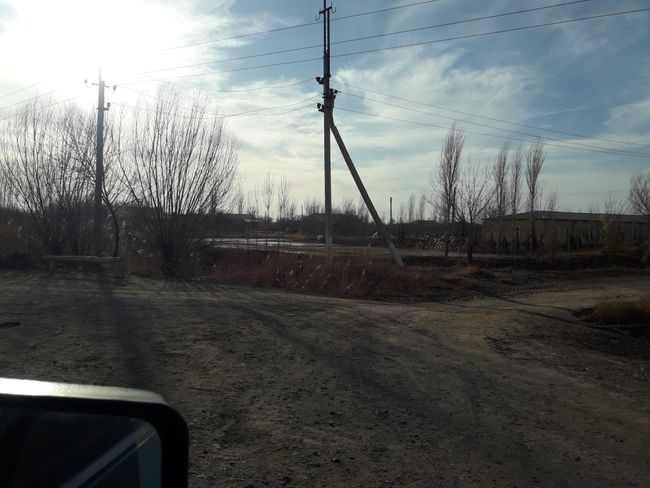
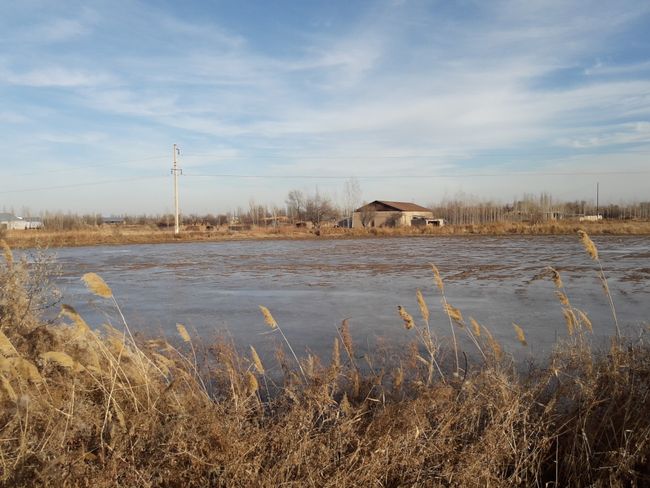
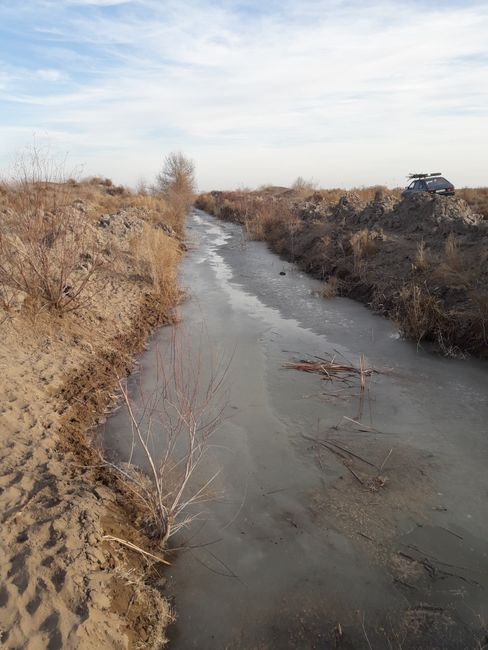
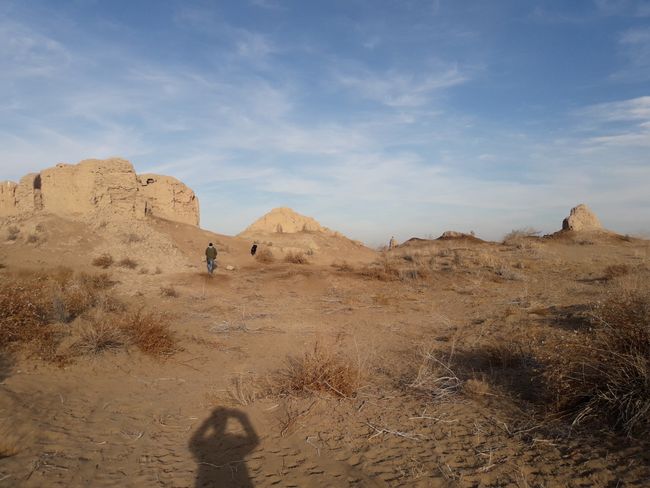
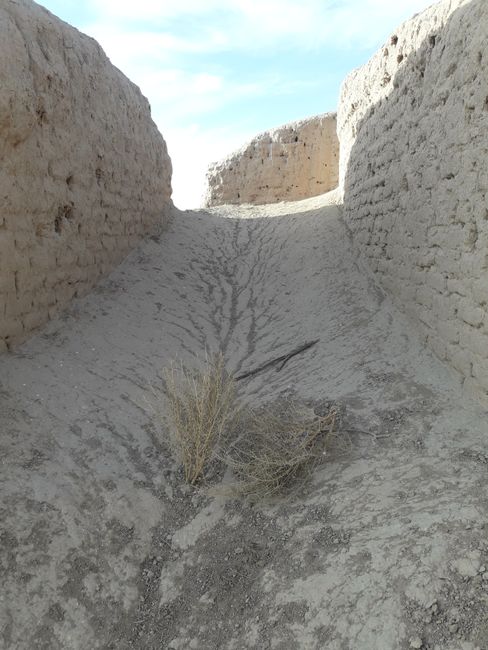
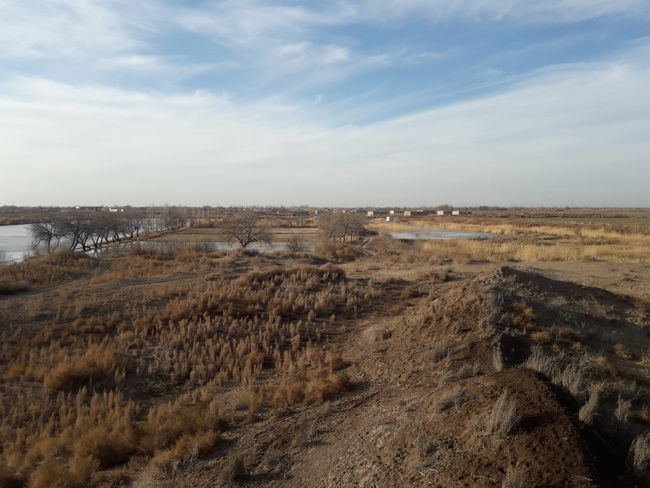
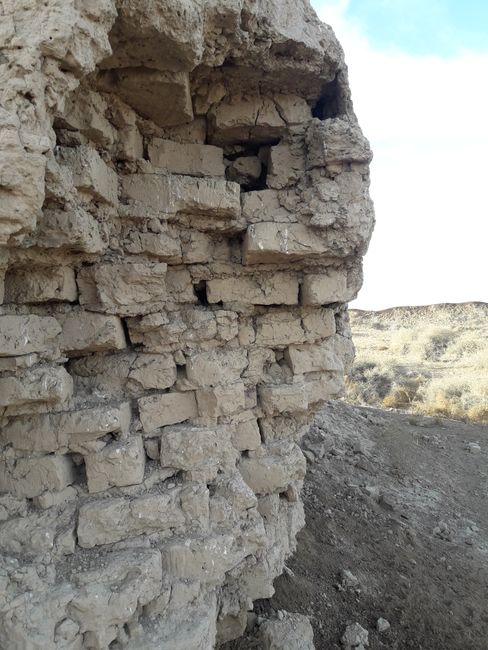
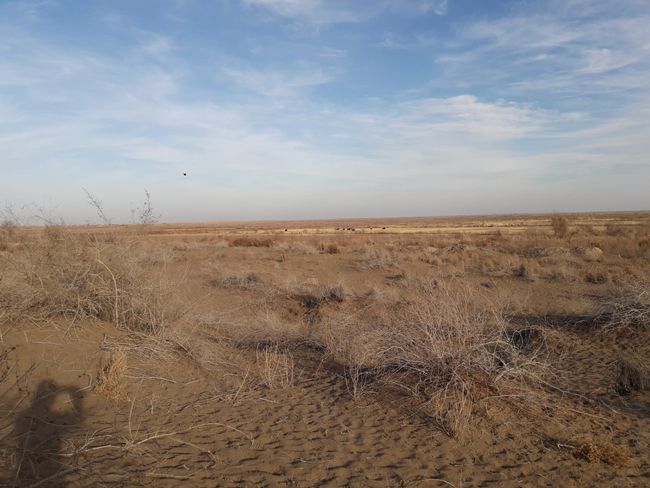
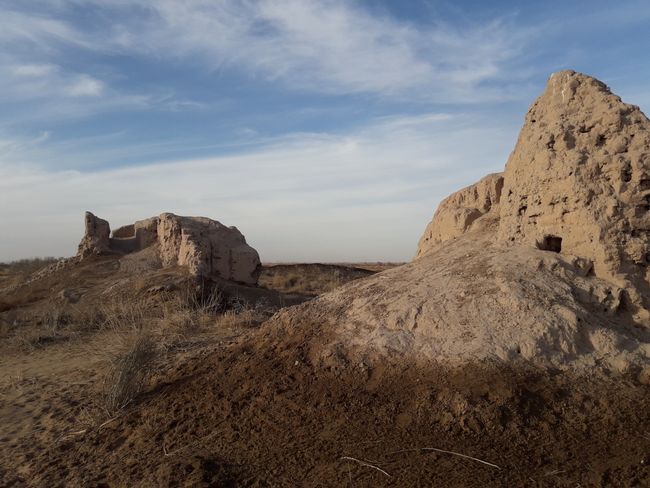
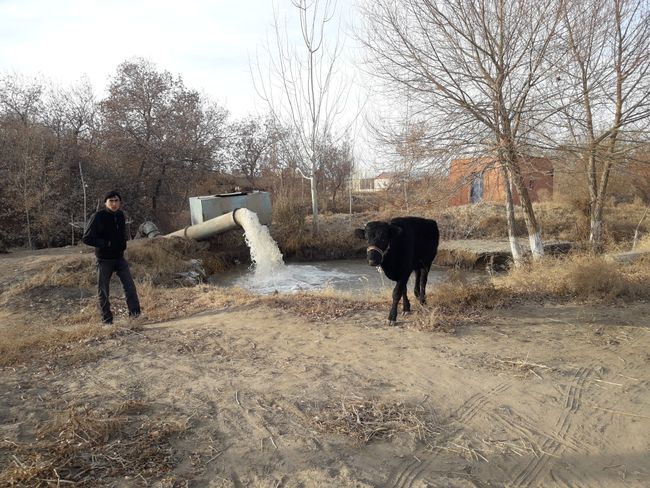
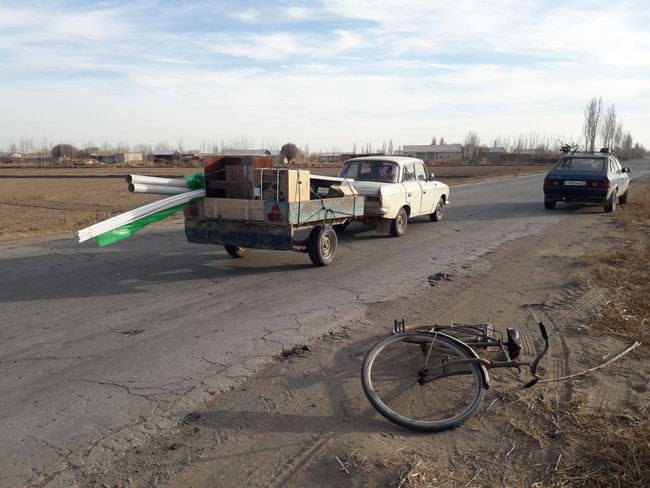
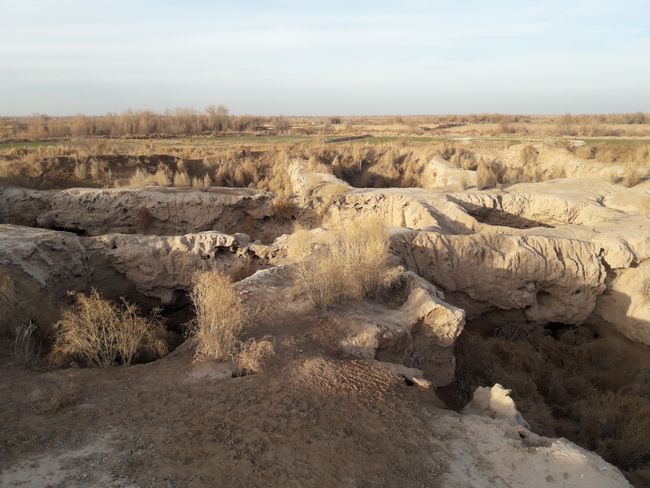
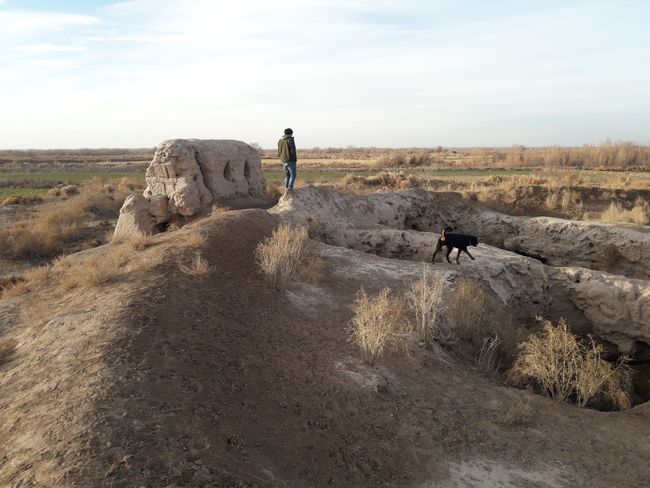
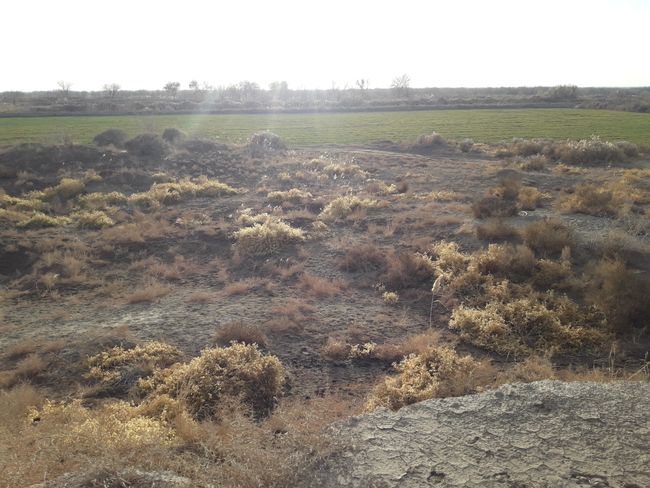
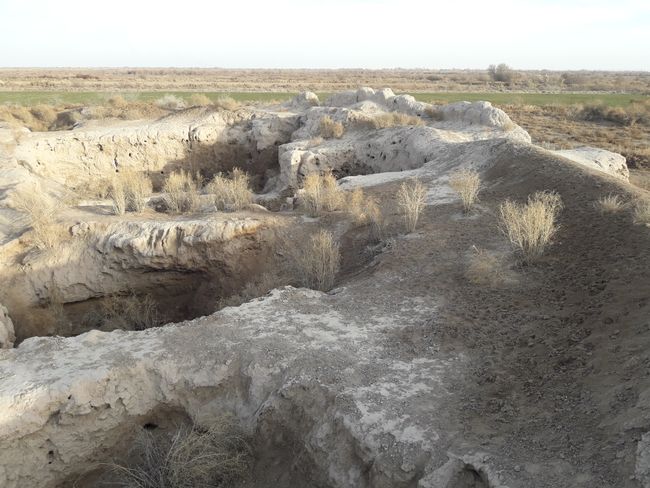
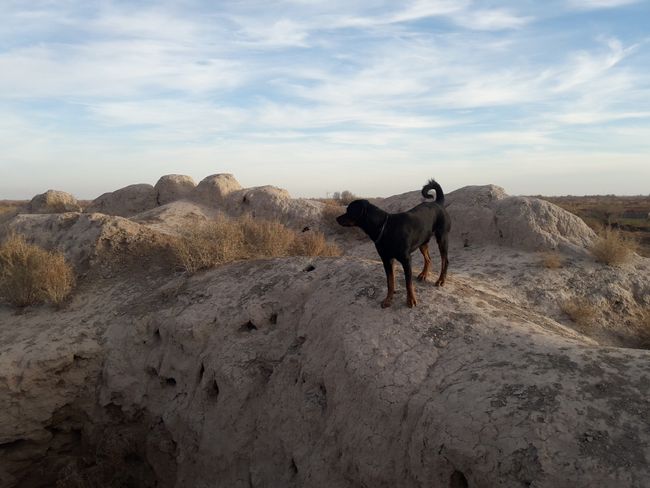
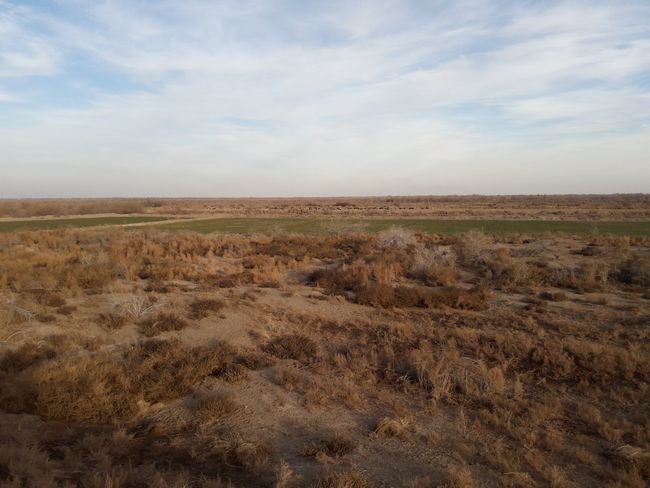
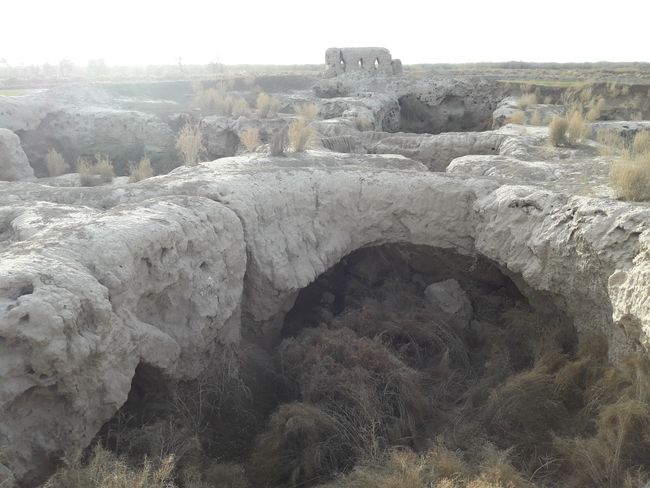
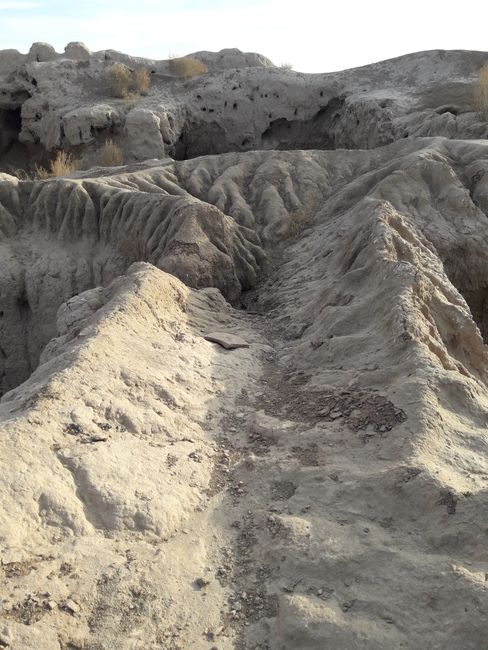
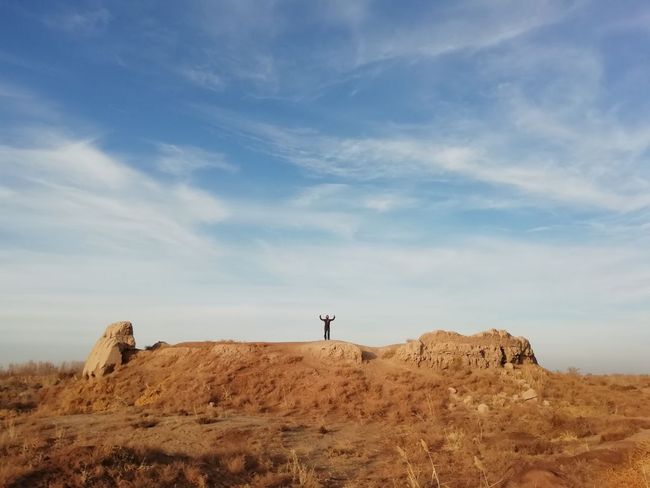
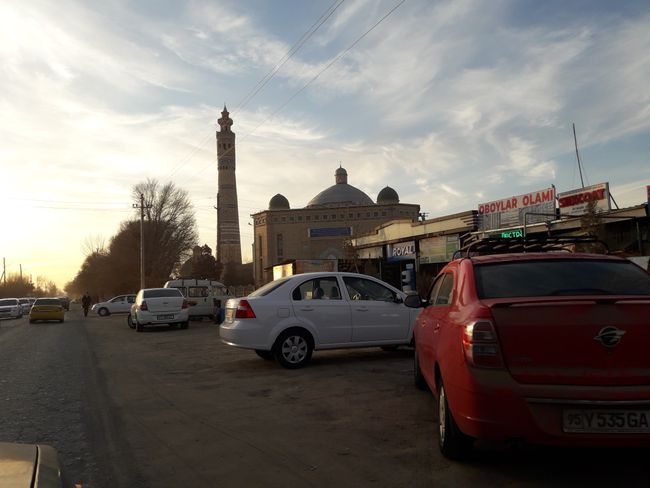
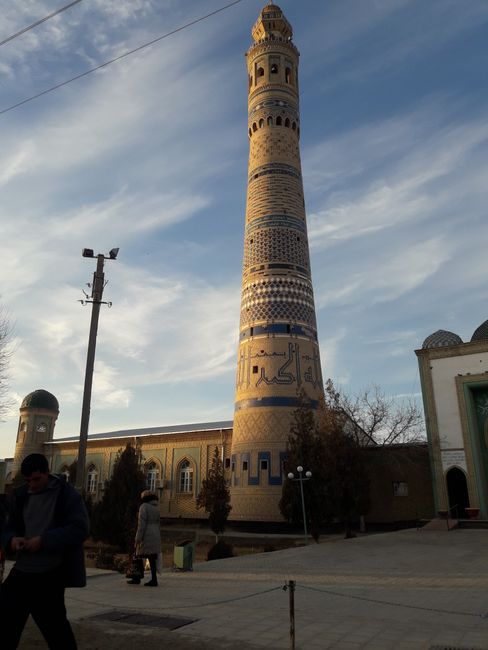
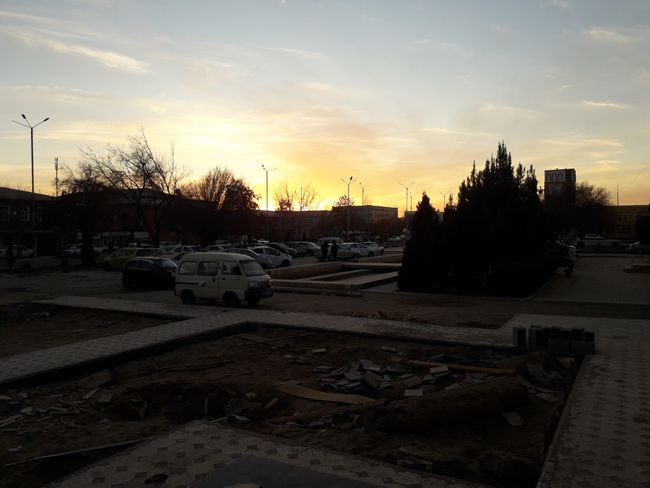
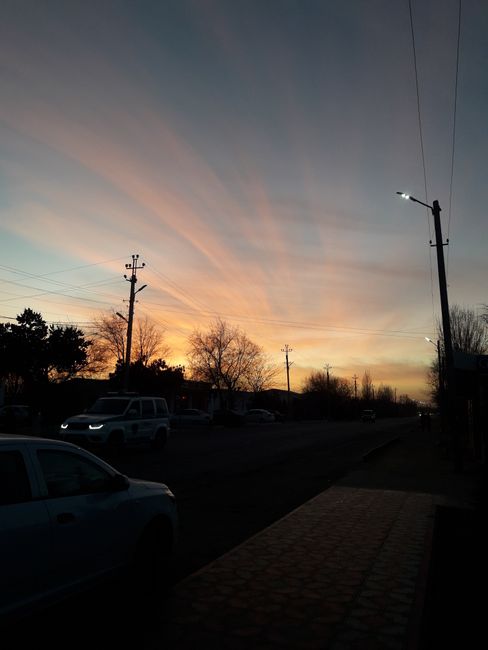
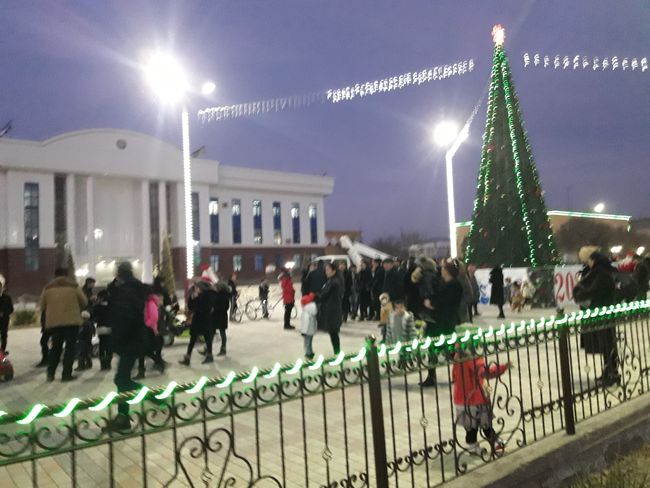
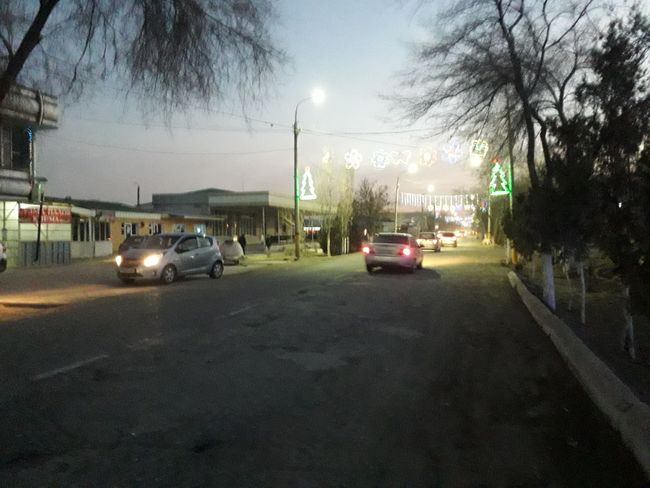
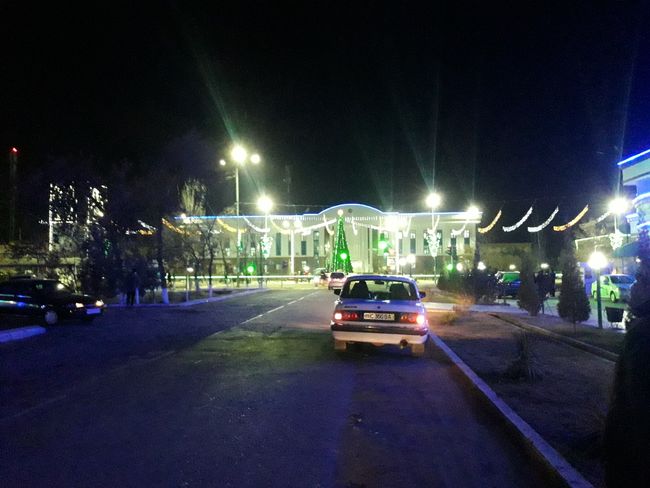
Abònman nan bilten
The night of Wednesday, December 25th, 2019, was icy again. So it takes until half past ten in the morning when I thawed out and crawled out of the tent. A short time later, we have breakfast in the car park at Schrotti's tailgate before we start our journey back south. On the way, we stop at a small mausoleum and enjoy the afternoon sun in the desert. Then we continue driving and stop next in Nukus in front of the Mega shopping center. It is already afternoon and time for a coffee. As we are back on the track, it is just getting dark. We watch the sun as it colors the sky and the desert below in a deep red and slowly disappears behind the horizon. The journey for today is supposed to end in Urganch. We want to try to get a registration certificate for every paid overnight stay (simplifies the exit as well as the currency exchange) and for that, we have to check in somewhere every 72 hours. The Navigator Inn appears again to be the cheapest option. On-site, I take a walk with Rango before the evening ends with a little training, a shower, and a late dinner.
On Thursday, we have breakfast at nine in the hostel and Marcus takes Rango for a morning walk while I pack my stuff. Then we drive north. Through Bustan, we reach the edge of the Kyzylkum, a sand desert. Here we visit the remains of the ancient mud fortresses Ayaz-Kale, which are located on the edge of a small plateau. At the foot, there is a small collection of yurts, otherwise there is not much around. A large canal brings water from the Amu Darya River, which is over 50 km away but is currently no longer used in the immediate vicinity. There used to be an oasis here, which explains the location of the fortresses. The locals protected themselves from raids by nomads 2000 years ago. After walking around the site and swinging a bit in front of the yurts, we drive south again. We want to go to the remains of Koi Krylgan Kala. A former round temple, of which only parts of the foundations are recognizable. Until we find it, we mistakenly stop at another collection of old mud walls. We visit both sites, which basically consist of weathered clay bricks, and then drive to To'rtku'l. On the way, we pass many flooded fields and some pumping stations that pump water from large to smaller canals. It becomes a bit more understandable why the waters of the Amu Darya River no longer reach the Aral Sea. A quick solution to the problem seems unthinkable, too many families in the villages depend on their small agriculture. Taking away the livelihood and economic basis of the already very poor population in this area cannot be the solution. However, the thirsty cotton plant is certainly not the best choice for the desert region, especially since about 40% of the extracted water simply seeps and evaporates on the way through the canals. Perhaps in the next few decades, the concept of aquaponics will become established on a large scale. The conditions on-site seem tailor-made for it, and large greenhouses have already been built or are under construction here and there. Hope dies last. When we arrive in To'rtku'l, we look for an ATM and a coffee for a while. It is not possible to withdraw money in the former capital of the autonomous Republic of Karakalpakstan, all ATMs out of order. After a Nescafé, we drive back to Urganch due to the lack of alternatives, withdraw money (we were almost completely broke), buy a few things, and check in again for one night in the already familiar hostel.
Abònman nan bilten
Repons
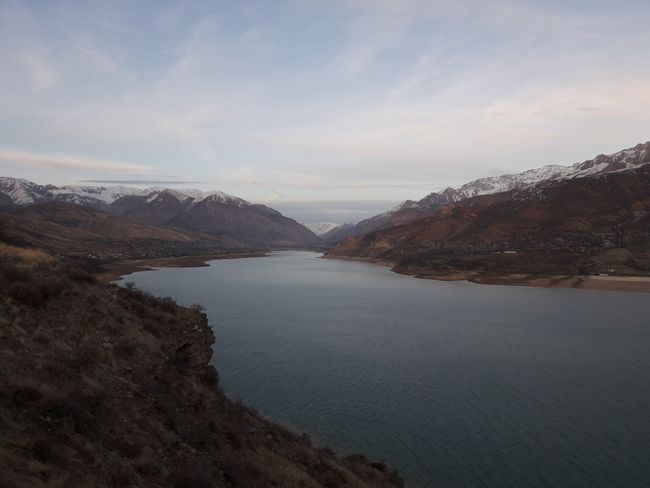
Rapò vwayaj Ouzbekistan
